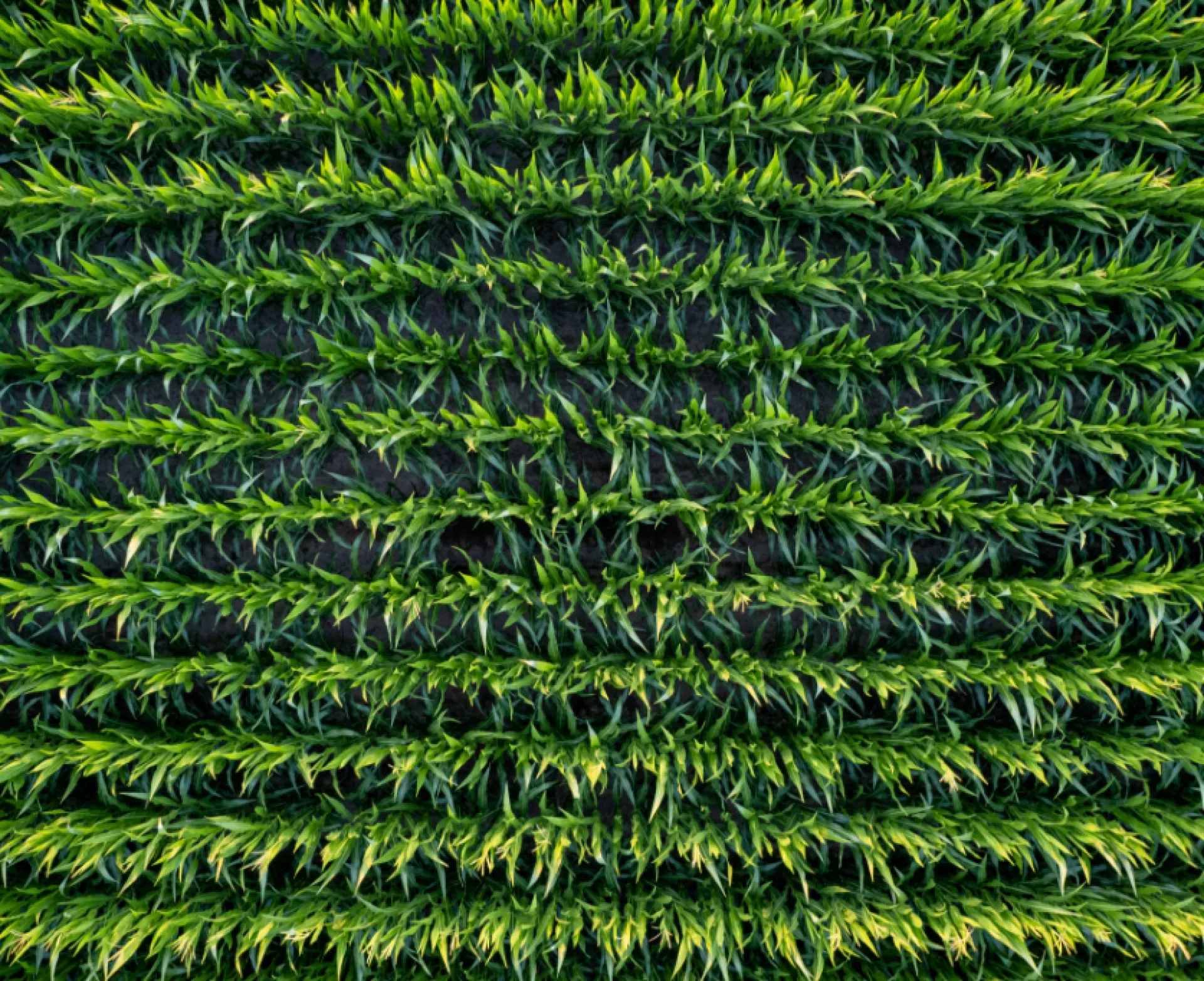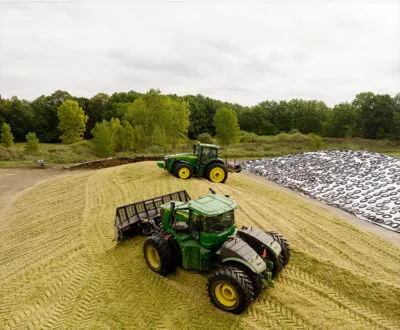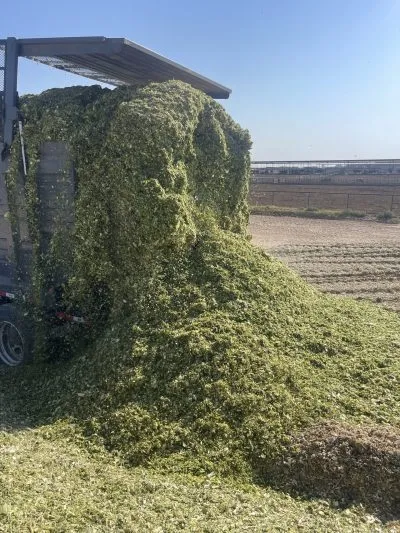Planting Corn Hybrids
The great thing about planting corn for silage is that you have a lot of options. There’s literally tons of different varieties, and your planting window is fairly wide.
Of course, the problem with too many options is that there’s too many options! Choosing the wrong hybrid can be the difference between a great harvest and, subsequently, a great silage for your animals, or a bad pile that will leave you scrambling for feed.
But how do you choose the hybrid that’s right for your operations? There are a lot of variables, so there’s no true one-size-fits-all answer. Your region, climate, soil, herd size…it can all play into your choice of hybrid. That said, there are some general boxes you can check to make sure your choice is a sound one.
Choose hybrids that widen your harvest window
We all know that there will be unforeseen variables when it comes to harvest. Weather, disease, equipment issues…you never truly can predict what will happen, so you should give yourself as much wiggle room as possible in your harvest window.
According to the University of Minnesota:
“Plant multiple hybrids of varying maturity to widen the harvest time frame. Planting hybrids of ranging maturities also widens the timeframe for pollination, reducing the risk that an entire crop will experience hot and dry conditions during pollination.”
Of course, you can widen your harvest window even after hybrid selection by choosing the right inoculant.
Consider your obstacles
When deciding on your hybrids, it goes without saying that you need to consider the conditions that your hybrids will face and plant seed that can withstand those pressures. Disease, drought, insects, storms…these all impact your crop, and some hybrids are more resistant to some conditions than others. It’s hard to predict exactly what will happen, but knowing your region’s history as well as your specific field’s recent issues can help you make an informed decision.
Yield to quality
Obviously, yield is important when choosing what to plant. More yield means more food for your animals. But when planting specifically for silage, in many cases it makes more sense to look for higher quality, even if it means smaller yields. On the dairy farm, the most important thing is your animals’ performance and high performance requires high-quality silage.
For instance, the University of Wisconsin conducted an extensive study of quality vs. yield when it comes to milk production (Figure 1).
Figure 1: Relationship between milk per acre and milk per ton for corn hybrid grown in Wisconsin. Dashed lines are hybrid averages.
Their conclusions:

“Repeatable differences for whole plant fiber and digestibility were observed in the “high” and “low” quality checks. Previously identified high quality hybrids were above average for milk per acre and milk per ton, while low quality hybrids were average to below average in this trial. Consistent performance regardless of environment is important for making hybrid selection decisions for silage quality.”
Like every aspect of your operation, there’s no easy answer to the hybrid question. But by knowing what you’re facing and by setting clear goals, you can expand your harvest window and set your animals (and your farm) up for success.



